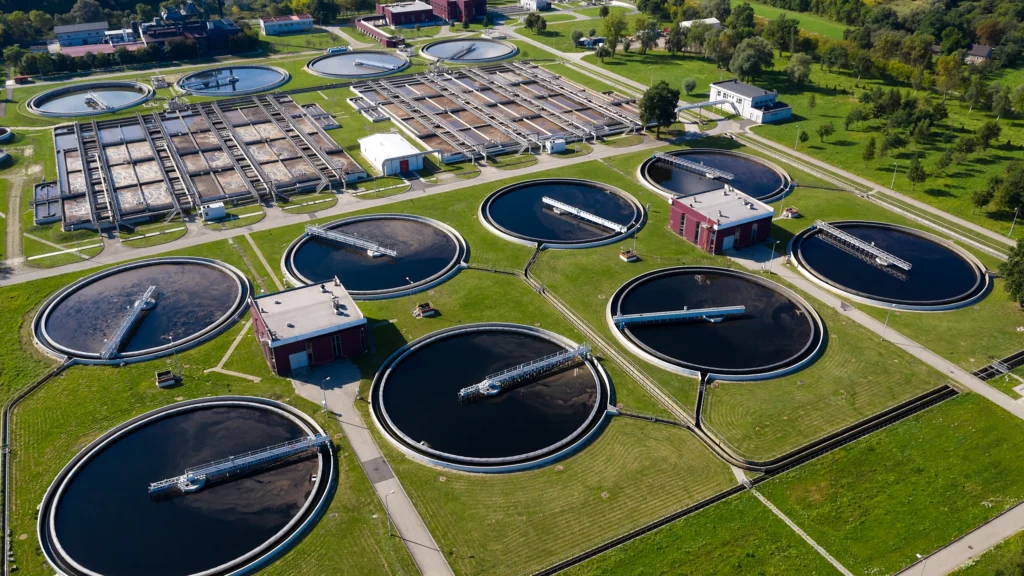Here’s something to chew on: when you grab a drink of water, there’s a complex blend of science and health regulations swirling around in your glass. Pretty unbelievable, right? Cities generally bounce between chlorine and chloramine to keep our water clean as a whistle. But get this — knowing what your city uses can actually make a big difference when picking the best water filtration system for your abode.
Why Water Treatment is a Big Deal
Let’s take a quick stroll down memory lane. Water treatment has been an unsung hero of public health since, well, forever! It’s magically transformed grimy rivers and murky lakes into life-sustaining nectar. The U.S. Centers for Disease Control ranks water disinfection right up there with vaccinations in the public health hall of fame. And for good reason — back in the day, waterborne diseases were like villains, causing chaos and havoc.
Meet Chlorine: The Old Guard of Water Treatment
Chlorine is the rock star of water treatment; it’s been around longer than your grandma’s classic vinyl collection. It’s famous for knocking out nasty pathogens left and right. Cities like New York and Atlanta stick with chlorine, betting on its reliable prowess to keep folks healthy. But don’t get too excited — chlorine sometimes leaves a funky taste, and those long-term chemical by-products? Yeah, not so nice.
Is Chloramine the New Kid on the Block?
On the flip side, chloramine is like that new indie band everyone’s talking about. Many cities are tuning in because chloramine sticks around longer in the water supply, and hey, it doesn’t have that overwhelming odor. The catch? Filtering it out can be a bit of a headache. Traditional filters might not cut it, but chloramine’s lack of surprise chemical guests makes it a solid pick for ongoing water safety.
Filtering the Noise: The Role of Water Filters
Here’s where it gets interesting, my friends. Water filters are like your little household heroes, scrubbing out the nasties your tap water picked up en route to you. Whether dealing with chlorine or chloramine, technologies like activated carbon are legendary at doing the job. Ever heard of that NSF/ANSI standard 177? It’s like winning the Oscar for chlorine filtration. Always a good idea to look for this badge of honor when you’re on the hunt.
Navigating Your City’s Water Treatment Maze
Now, you’re probably scratching your head and wondering how on earth you find out what your city uses. Don’t sweat it; it’s easier than pie. Most city water reports will lay it all out for you, and websites like the National Science Foundation can give you a hand, too. Once you’re in the know, choosing the right water filtration system is just another session of comparing notes. Got chlorine? Congrats, activated carbon filters might just be your new BFF.
Wrapping It Up: Your Water, Your Choice
So here’s the thing, folks. The water treatment method your city opts for isn’t just a trivia tidbit — it’s all about ensuring your water is safe, healthy, and actually tastes good. Stay sharp, delve into those municipal reports like a savvy investigator, and be quick to adjust your water filtration system if needed. Let’s face it, water is life, and making sure it’s clean should be on all our to-do lists. For more juicy insights, check out the CDC’s thorough exploration of water treatment’s impact on public health. It’s a must-read.


